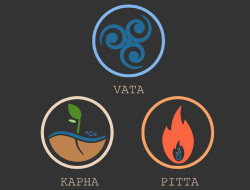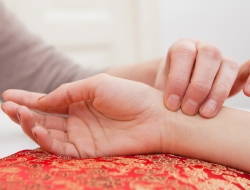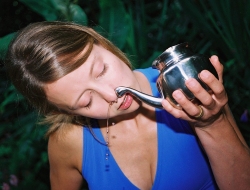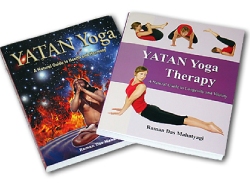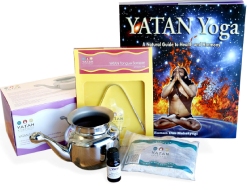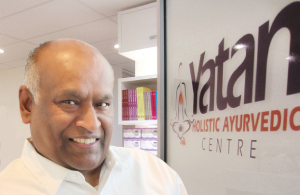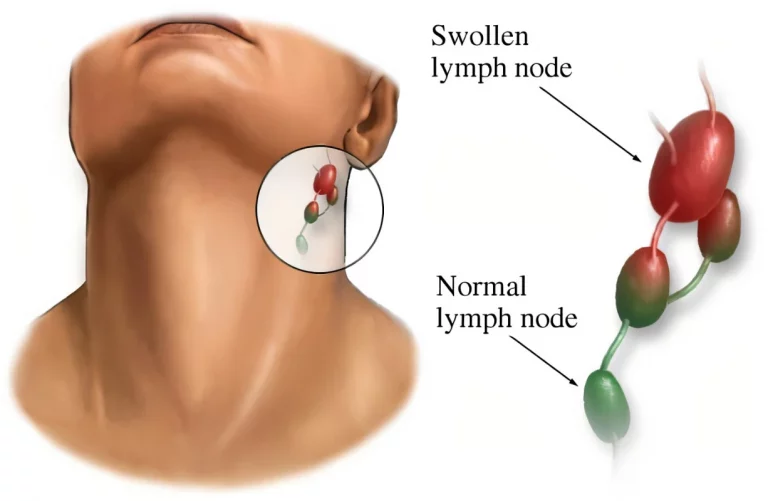What Makes Ayurveda A Complete Health System?
This article does not set out to make the claim that Ayurveda is the best of all health systems. What it does attempt to show is how the multiple components of Ayurvedic assessment and treatment, together with its attention to diet and lifestyle, make it a uniquely complete system.
In the absence of any diagnostic equipment whatsoever, Ayurvedic diagnosis is completely dependent upon observation of the body’s own indicators. An experienced practitioner Is able to evaluate physical health by observation of the patient’s body shape and movements, the colour of the skin and the quality of the hair and nails. Further information can be obtained through face reading and palm reading, as well as through pulse diagnosis, palpation of various parts of the body, percussion or tapping, and examination of the tongue. Even the patient’s manner of speaking helps the practitioner to understand the patient better. Our ebook ‘Body Indicator – What Is Your Body Trying To Tell You?’ goes into all of this in more detail.
An essential difference between the typical western approach to diagnosis and treatment and that employed by Ayurveda is that whereas the modern medical process works at a disease level and a treatment is selected to fight the disease – often a one-size-fits-all approach – Ayurvedic treatment is highly individualised. According to Ayurveda, diseases are due to a doshic imbalance, and the more information that the practitioner can glean about the unique qualities of the patient the more able he will be to customise an effective treatment. Such a treatment will set out to mobilize the healthy elements which every body inherently possesses. It is also Important for the practitioner to take into account climatic and cultural differences, as these give rise to different types of health problem, and genetic factors such as parental health.
Patients are always taught the importance of routines in restoring balance to the body, for example the best times to eat or to take medicine, the latter particularly in view of the fact that hormones change every few hours. Diet and lifestyle habits are always given close attention. Helpful tips may be given, such as the benefit of drinking water at 6 a.m. as this is the optimal time for flushing the kidneys. It is also useful for patients to understand something about the influence of planets on the human body; astrology plays a significant role in the Ayurvedic system.
Ayurveda has a wide array of treatments to draw upon to assist in the restoration of balance. Ayurvedic massage includes marma point therapy, which sets out to remove energy blockages in the system, thereby restoring correct energy flow through the muscles, joints and organs. Many yogic exercises are also used to release blockages. If the body is clogged for any reason there will be a need for detoxification, and many different forms of Panchakarma are used for this purpose. There is also an understanding that emotional problems can impact the whole system, as can matters relating to past Karma and such issues can be treated through herbal medicines or meditation. Ayurveda teaches how certain foods can be used as medicines, for example how a 41 day course of watermelon can greatly improve health.
Aging is a fact of life and cannot be avoided but Ayurveda has some very effective ways of slowing down the rate of decline, including a variety of rejuvenating herbal medicines. It is also deeply involved in planning for future health. Palm reading Is frequently used to acquire advance knowledge so that appropriate action can be taken before it is too late. When people are coming near to the end of their lives Ayurveda has ways to help them die without pain.
Ayurveda Is not all about preventing and treating illnesses. It also offers practical ways of helping people to find direction in their lives (see Tantra/Mantra therapy) and shows them how to enhance their relationships and enjoy a healthy sex life. In short, it is a vast reservoir of knowledge providing the blueprint for a long, healthy life.
What could be more complete?
Image courtesy of Stuart Miles/FreeDigitalPhotos.netNext Time:- The Benefits Of Colonic Irrigation
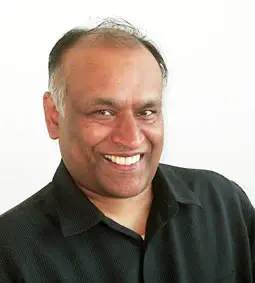
*Discover holistic healing with a complimentary phone or video consultation from our expert Ayurvedic practitioner. Start your path to better health today!*

